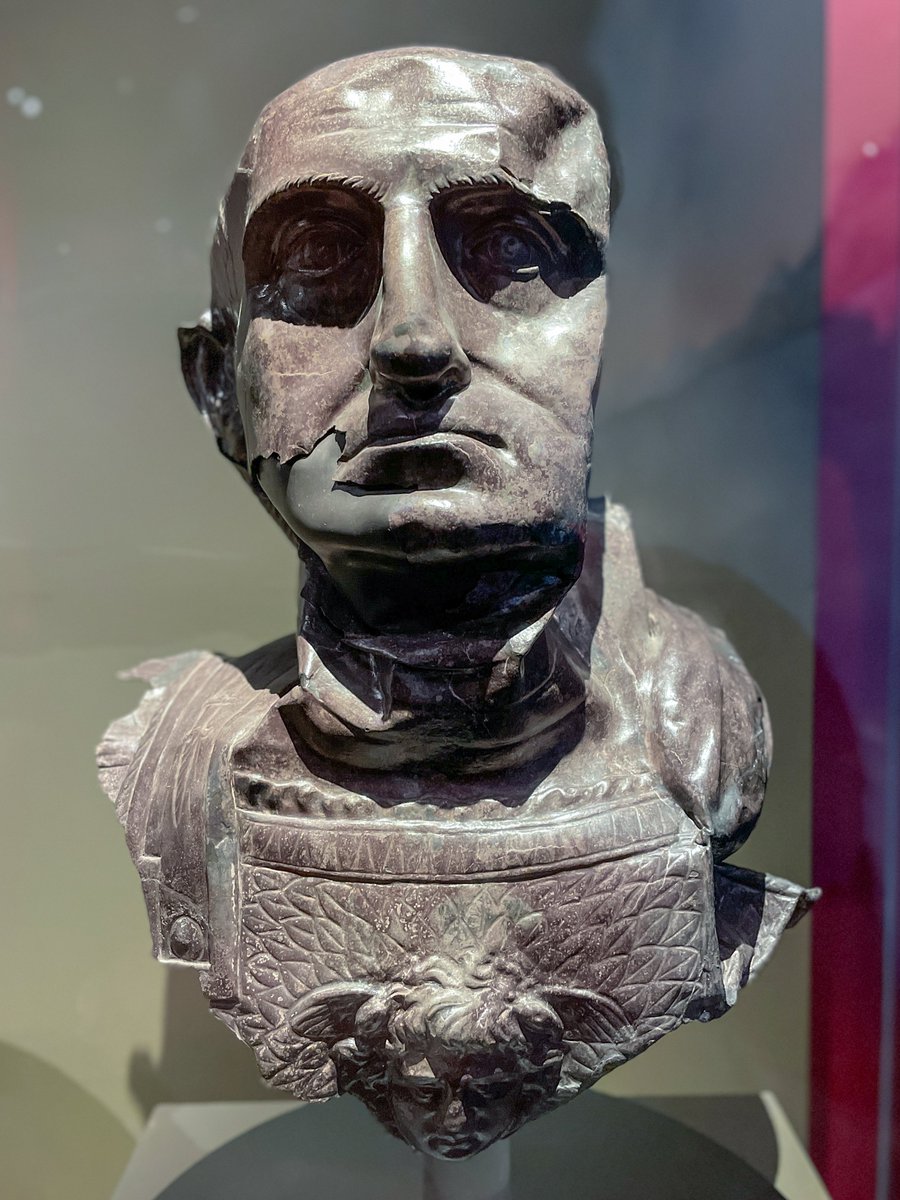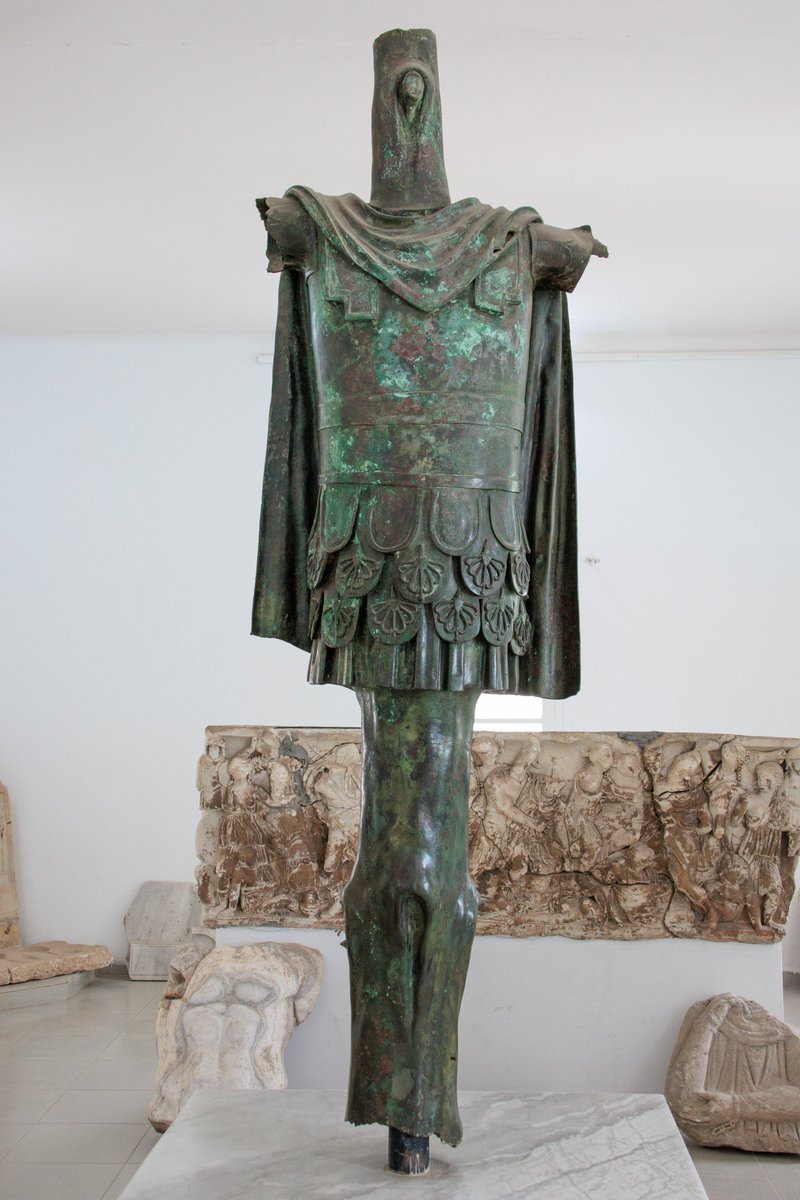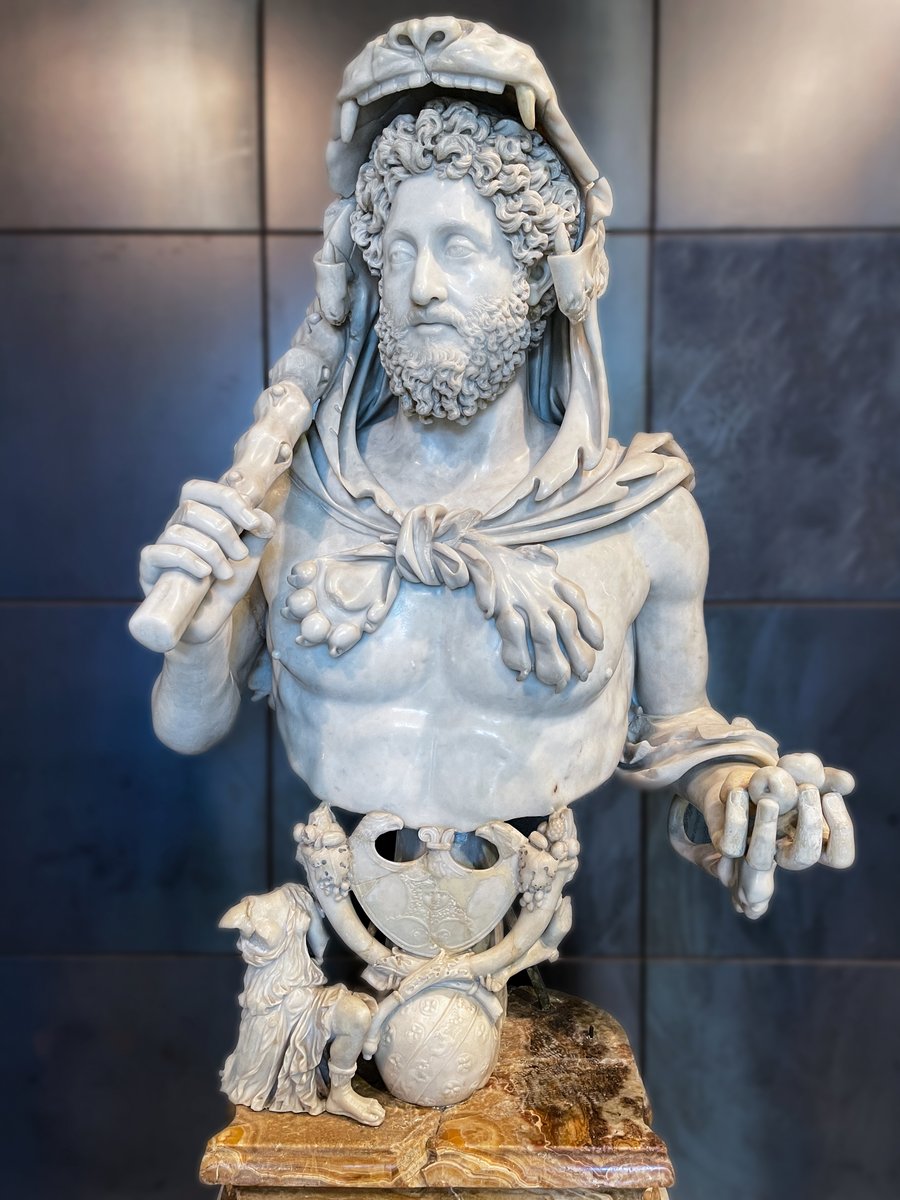1) By the mid 2nd century, the Roman army garrisoned on the mostly-peaceful frontiers were becoming shiftless and effete. In a wonderful letter to his old pupil, Fronto congratulates Lucius Verus on kicking the Antioch garrison into shape... 

2) "You took command of an army demoralised by high-living and decadence. The soldiers were used to spending their time applauding theatrical performers, more likely to be found in bar gardens than in their ranks!” 

3) "Horses were shaggy with neglect but every hair was plucked from their riders. A soldier with a hairy arm or leg was a rare sight! The men were better dressed than they were armed; the disciplinarian Pontius Laelianus was able to tear up their cuirasses with his bare hands..." 

4) “The horses were saddled with cushions and hardly any soldiers could leap onto their steeds, the majority pulled themselves up clumsily. Only a few could fling their spears a long way, most just chucked them about without any skill or strength as if they were toys..." 

5) “Gambling was everywhere in the forts. The soldiers slept all through the night, or if they were on watch they slept over cups of wine!”
(Marcus Cornelius Fronto, Letter to Lucius Verus)
(Marcus Cornelius Fronto, Letter to Lucius Verus)

• • •
Missing some Tweet in this thread? You can try to
force a refresh






















